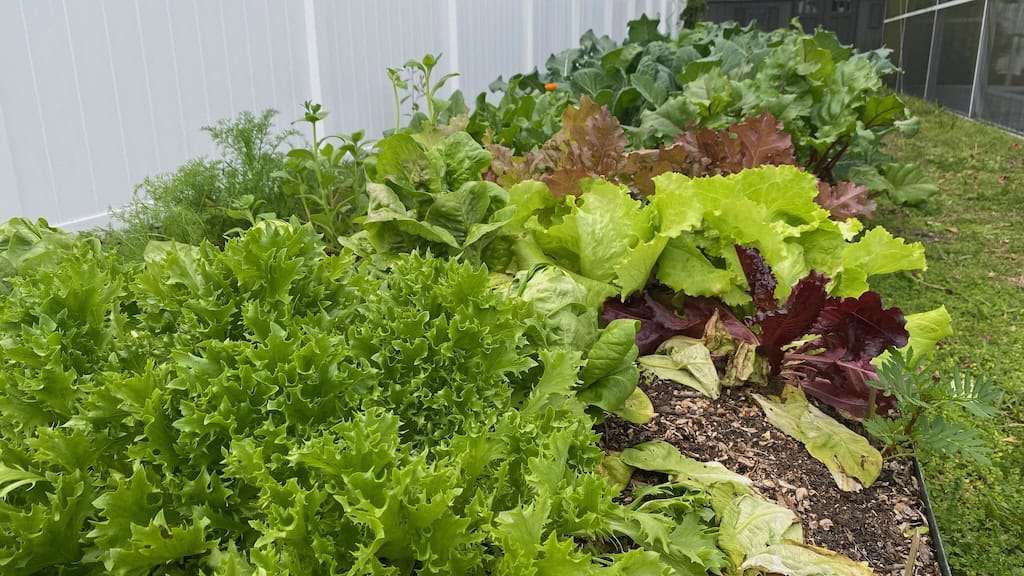Last Updated on February 8, 2024 by Homegrown Florida
Growing corn in your Florida garden can be a rewarding experience, but steering clear of common mistakes is crucial for a successful harvest. Today, we’ll delve into four missteps that gardeners often encounter in their corn-growing endeavors.
When to Sow the Seeds
Before we explore the pitfalls, let’s touch on the timing of planting corn in Florida. The ideal periods are mid to late March for a spring harvest and mid to late September for a fall harvest. Directly seeding the corn into your bed or in-ground garden initiates the germination stage, leading to the emergence of seedlings.
The Growth Phases
As the corn progresses through its growth phases, you’ll witness the development of large leaves and sturdy stalks during the vegetative stage, which spans approximately the first 60 days for a 92-day variety. Tassels emerge, followed by the formation of ears with silks. The crucial pollination process involves transferring pollen from the tassels to the silks, a phase often facilitated by wind or manual shaking.
Mistake 1: Seed Spacing Matters
The first mistake, one that I confess to making, is related to seed spacing. Corn thrives when grown in a block or square, with rows spaced at least one foot apart. However, an oversight in spacing along the rows (four to six inches instead of the recommended 12 inches) can lead to smaller cobs. Adequate room between plants ensures better growth and larger yields.

Mistake 2: Battling the Bugs
Corn, unfortunately, attracts pests like the corn earworm, which can damage tassels, silks, and even burrow into the cobs. Managing these pests requires vigilance and prompt action. Options like BT (Bacillus thuringiensis) or Spinosad, applied cautiously in the evening after bees have retreated, can effectively combat earworms. Regular spraying every two to three weeks, or more frequently based on rain, is a crucial preventive measure.
Mistake 3: Harvesting Wisely
Knowing when to harvest is another hurdle for many gardeners. Wait until the corn silk turns uniformly brown before harvesting. Alternatively, a tactile approach involves gently opening the husk and feeling for a slightly milky consistency in the kernels. Harvesting too early may result in underdeveloped and starchy corn.

Mistake 4: Fertilization Fundamentals
Corn, being a heavy feeder, demands careful attention to fertilization. A strategic approach involves pre-planting bone meal and blood meal, allowing the bed to absorb nutrients. Granular fertilizers like gardentone set the groundwork. Regular feeding every two to three weeks with a liquid fish emulsion provides the necessary nutrients, ensuring robust growth.
Savoring Success
Growing corn in your Florida garden can be a delightful experience, provided you navigate the potential pitfalls. From seed spacing and pest management to harvesting and fertilization, these insights aim to enhance your corn-growing experience. As you embark on your corn cultivation journey, may your harvest be bountiful and your corn cobs exceptionally sweet. Happy gardening!



